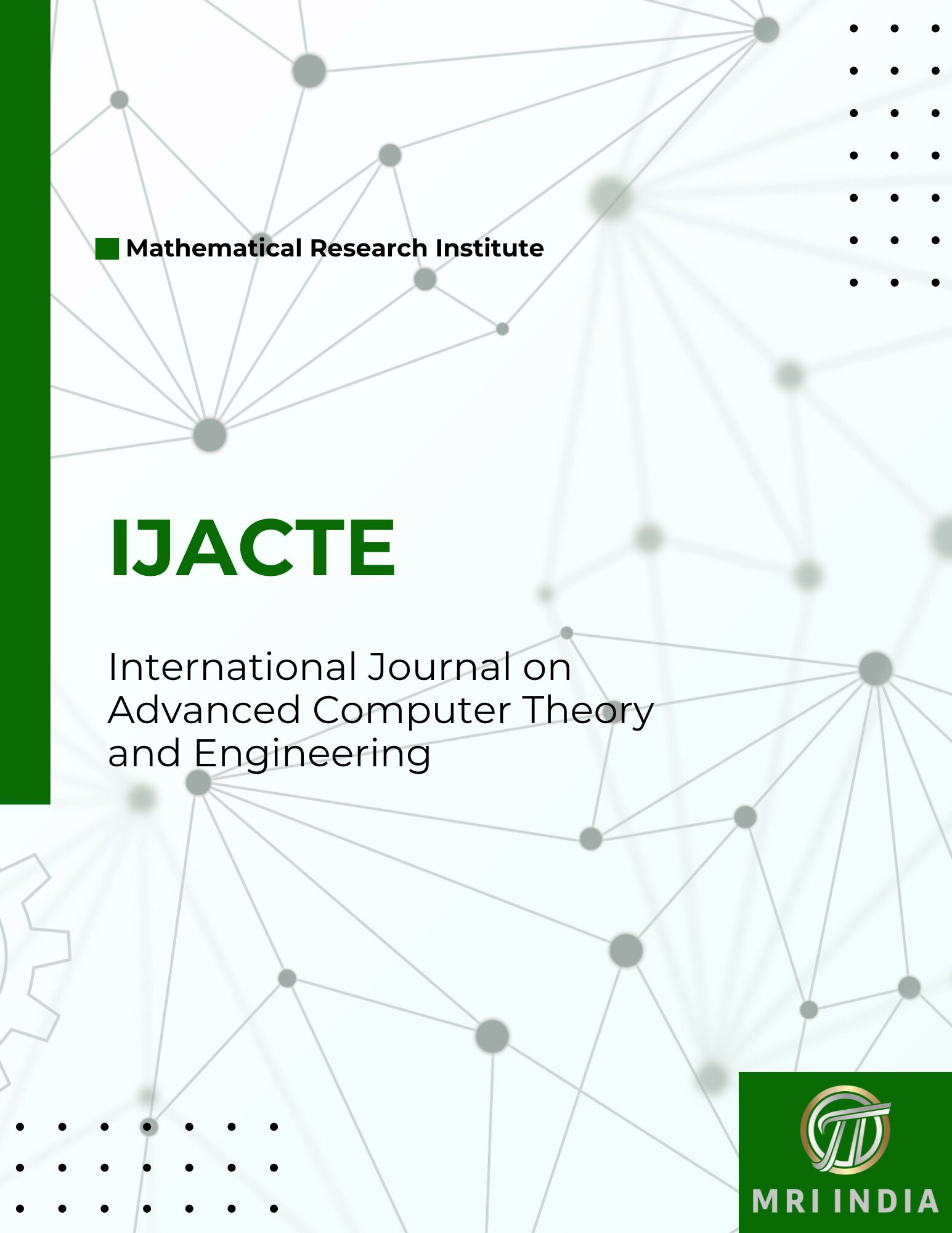Enhancing Cybersecurity with AI : Anomaly Detection and Threat Prevention Approaches
Main Article Content
Abstract
In the face of fleetly evolving cyber pitfalls, traditional security measures have proven inadequate for precluding data breaches and bigwig attacks. Incorporating artificial intelligence (AI) and machine literacy (ML) into cybersecurity strategies offers a promising approach for visionary trouble surveillance. This paper examines the operation of AI-driven anomaly discovery systems for covering intricate network surroundings and detecting subtle anomalies that could indicate implicit security breaches. Through the application of machine literacy models, including supervised, unsupervised, and underpinning literacy, this study assesses the effectiveness of these system in relating irregular patterns that conventional styles frequently fail to descry crucial areas of focus include real-time network business analysis, stoner
bearing analytics, and the discovery of preliminarily unknown pitfalls. The paper also explores the part of neural networks, points engineering, and clustering algorithms in perfecting discovery delicacy. Also, the exploration highlights case studies from high-threat sectors, illustrating how AI-driven results have effectively eased cyberattacks, shielded data integrity, and maintained business durability. Despite the considerable pledge of AI in cybersecurity, several challenges persist, similar as reducing false cons, icing translucency in algorithms, and addressing ethical issues. The paper concludes that AI-powered anomaly discovery is a pivotal element of contemporary cybersecurity fabrics, furnishing robust protection in decreasingly complex and dynamic digital surroundings.
